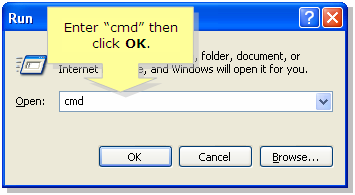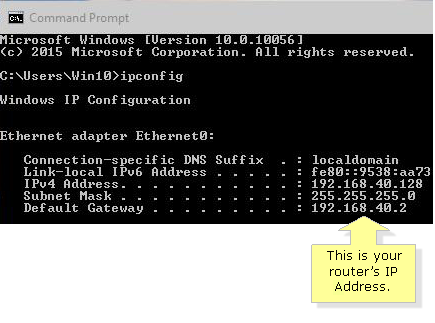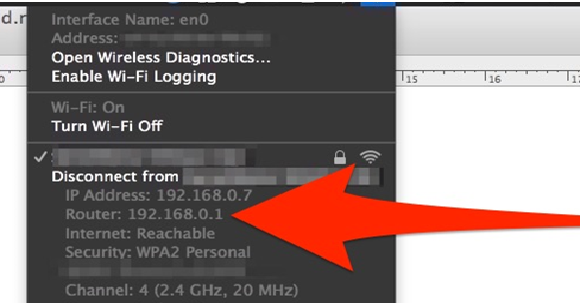 Goto 10.0.0.1
Goto 10.0.0.1
Updated: 7th April 2021
10.0.0.1 is special IP reserved for router login. Many companies like Sitecom use 10.0.0.1 as default router gateway from where all your internet traffic flows. Apart from that, this IP can be used to login into web management portal of your modem.
Not all routers are same. Even there are differences between different models of same company. These companies are using 10.0.0.1 as login IP.
After extensive analysis, we have come to conclusion that these below presented router manufacturers are using 10.0.0.1 as router login IP. There is a big chance your router company too, is listed amongst them. Just click the company name to view router models, router setup & configuration manuals and more.
It is so easy, but before you proceed you must be sure that your router login IP is 10.0.0.1. This is because many router companies use IPs like 192.168.1.1, 192.168.1.254 among others (full list of which for every company is given here). It is important to learn that using wrong IP can get you into trouble.
To login, just enter your login IP (e.g. 10.0.0.1 in our case) in browser address bar and hit Enter key. If login window appears then congrats you have successfully completed Step No. 1. You can now skip the below paragraph and proceed to Step No. 2. Otherwise, if there comes an error, then it means your router has a different IP.
It is as easy as 1, 2, and 3! Just follow the steps below:


New versions of OS X also show the router IP included in the detailed network data shown when option-clicking on the Wi-Fi menu since it fits in line with troubleshooting, but in prior releases of Mac OS X you won't find it there, and fortunately it's not exactly hard to click through system prefs either to uncover this information.

You can use either method to uncover the routers IP address, though obviously using the Wi-Fi menu will only work to uncover a routers IP if it's a wireless network, whereas the System Preference method works regardless of it being a wired or wireless network router.
Note: the above method retrieves the routers IP in relation to the LAN, not in relation to the internet. If you are looking for an external IP address as seen by the internet, you can get that by typing the following into the command line:
curl whatismyip.org
This will report back the IP of either your Mac or your router as it would be accessible from the internet and outside world, which is different than the router IP you use to connect locally.
Once you have correct login IP just go to address bar of your internet browser, paste it and hit Enter key. A pop-up or page will open up asking for login username & password. It is customary to try default username/IP printer on sticker placed at top or bottom of your modem. Spot that sticker to find info. Or we have already compiled a list of most likely Usernames/Passwords for 270+ router companies.
However, if you had changed the username/pass info in past then you need to enter as it is. But don't panic if you no longer remember it - just follow below.
There is one quick little trick to get you out of trouble and end your frustration if you don't remember the changed password/username. Just hold your router in hands and spot a small hole just 1-2 mm in size.
Here lies the reset button. Using a paperclip, needle or pin, press the button inside that hole (don't worry it's a normal procedure) and press for 10 seconds at least. Afterwards restart the router. Your router has now been set to default factor settings - you can use default username/password from the sticker placed at router (look for it, you will quickly find it at bottom or sides especially).
Put that info into the fields (i.e. Username/Password) and hit Enter key and Hurray! You have just successfully logged into your router.
Alongside 10.0.0.1 you must also test below IPs.
Press Ctrl + D to add this site to your favorites!